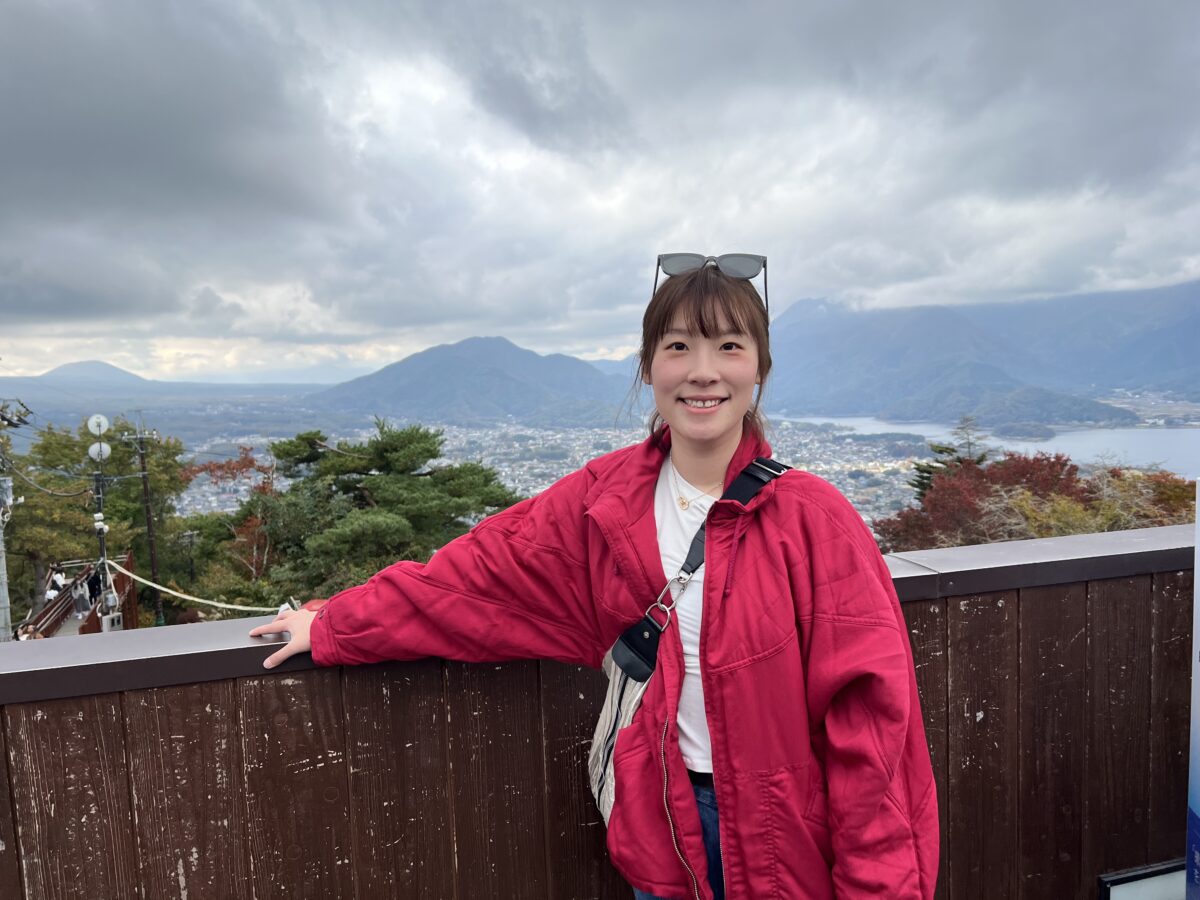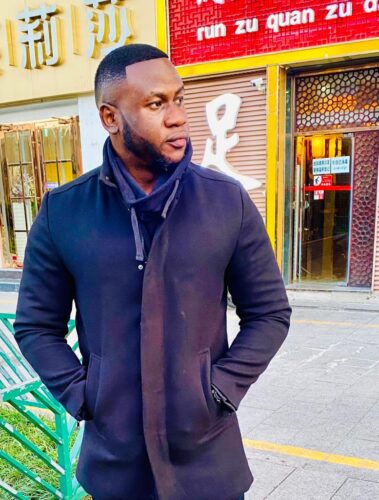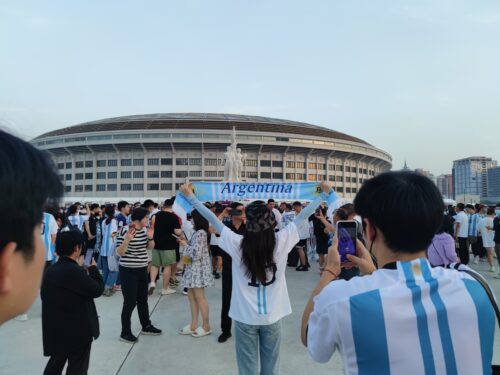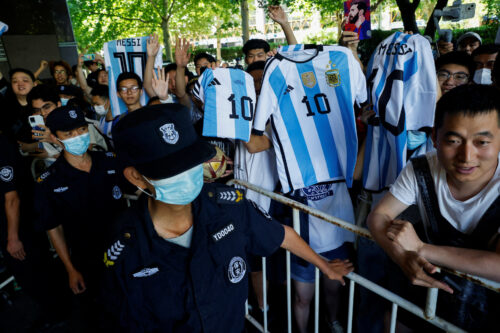Prada’s partnership with Chinese women’s soccer team could be a game changer for country’s female athletes
The partnership was revealed 10 days before the 2023 Women’s World Cup begins in New Zealand and Australia. At home, fan enthusiasm and expectations for the Chinese women’s national soccer team have never been higher.
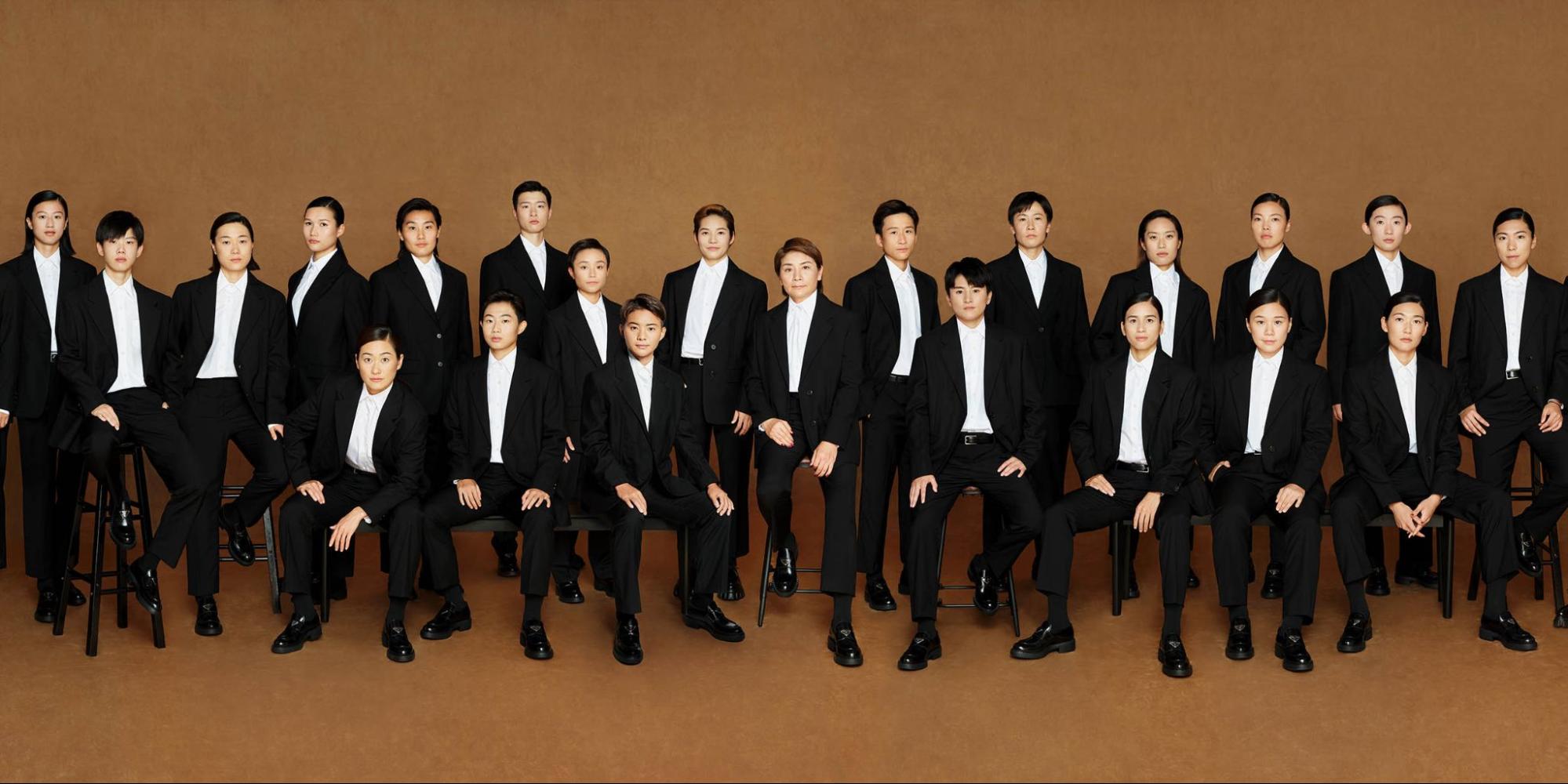
With the 2023 FIFA Women’s World Cup set to kick off next Thursday, Italian high-end fashion house Prada has announced a partnership with the Chinese women’s national soccer team. The deal has drawn heaps of praise on Chinese social media, with many applauding the label for recognizing female athletes for their achievements and “choosing the right people” after a streak of bad luck with its former Chinese ambassadors.
Under the deal, the luxury brand will provide apparel for the team’s 23 players and delegates while traveling and attending formal events, designed to give them a “fresh and contemporary” image outside stadiums, Prada said in a statement shared with fashion-industry trade journal WWD.
China news, weekly.
Sign up for The China Project’s weekly newsletter, our free roundup of the most important China stories.
“The China Women’s Football Team has forged a global reputation and is a source of inspiration for young female athletes, focusing public and institutional attention on a democratic and inclusive sport,” it added.
In a Weibo post shared on Monday, Prada offered the first look at the outfits created under the partnership. Posing for the brand, the athletes and coaching staff can be seen wearing a low-key, custom-fit ensemble put together by the label, which consists of a black blazer, matching pants, a button-down white shirt, and sleek loafers.
The announcement wasn’t an entire surprise, given that three players on the team — Shuǐ Qìngxiá 水庆霞, Wáng Shānshān 王珊珊, and Wáng Shuāng 王霜 — graced the cover of the April issue of Mini Bazaar, an online magazine associated with prestigious fashion publication Harper’s Bazaar China, with sponsored items by Prada. According to WWD, Prada’s partnership with the team will continue after the World Cup to include “various important summer fixtures,” such as the Asian Games 2023, which will be held in Hangzhou in September, and the Paris 2024 Olympics.
“This collaboration is an example of how the culture of the Chinese women’s national soccer team and international fashion can clash and mesh,” the Chinese Football Association said in a statement posted to its official WeChat account. “Going forward, both parties will work together to foster women’s sports and empower women’s soccer in China.”
This isn’t the first time the Italian house has worked with professional Chinese athletes as style influencers. Chinese basketball player Yáng Shūyǔ 杨舒予 and table tennis world champion Mǎ Lóng 马龙 are part of Prada’s current roster of celebrity ambassadors. Last year, the company recruited three breakout stars at the Tokyo 2020 Olympic Games — shot putter Gǒng Lìjiāo 巩立姣, long-distance runner Lǐ Zhǐxuān 李芷萱, and water polo player Xióng Dūnhàn 熊敦瀚 — for an ad campaign.
But by supplying non-sportswear for an entire Chinese sports team, Prada is charting a new course as a global designer label. “It does strike as an unusual deal, as luxury and football don’t seem like a natural fit in most contexts,” Cameron Wilson, a veteran commentator on Chinese soccer and the founding editor of Wild East Football, told The China Project. “In my experience of what I see in China, luxury marketing seems aimed more at women than men, so sponsoring the women’s football team might be a no-brainer from that point of view.”
The new partnership came at a particularly interesting time for Prada, as its Chinese brand ambassador, Cài Xúkūn 蔡徐坤, a 24-year-old pop idol, has been embroiled in a sex scandal — allegations have emerged that he had a one-night stand with a young woman years ago and forced her to get an abortion. Although Cai denied any wrongdoing, stressing that his relationship with the woman “did not involve illegal activities,” multiple brands cut ties with him as his reputation collapsed (tāfáng 塌房 in Chinese).
While Cai has been one of the faces of the brand since 2019, Prada so far has not revealed if it would continue working with him. In light of Cai’s scandal, the fashion house has been a hot topic on social media in the past few weeks, with many pointing out that it seems to possess a knack for picking now-disgraced celebrities as its brand ambassadors in China. Last year, Prada parted ways with Chinese actor Lǐ Yìfēng 李易峰 after he was arrested by Beijing police on charges of “soliciting prostitution on multiple occasions.” In 2021, eight days after its partnership with Zhèng Shuǎng 郑爽 was unveiled, the brand had to drop the actress following revelations that she abandoned two children born to surrogates abroad.
The negative publicity caused by Cai ended on Monday for Prada. On Weibo, its decision to become an official partner of the women’s team has been met with an outpouring of praise, with the hashtag “Prada found the right person this time” racking up more than 400 million views. “Prada has been hurt so much that it no longer trusts men and those in the entertainment industry,” a Weibo user joked, while another person confessed, “I misread the news at first and thought to myself that Prada was out of its mind to partner with the men’s team. I’m glad the female players got the recognition they deserved, but I hope Prada won’t bring bad luck to the team!”
Traditionally, major brand sponsorships in popular sports like soccer and basketball bundle both men’s and women’s programs and tournaments together. If a company wants to pair up with a major men’s team or tourney, it’s often forced to take on the women’s game as a feel-good add-on, but rarely does it put the same push — TV ads, promotional events, and so forth — behind the latter.
There’s also a long-standing disparity between how sports’ governing bodies around the world choose to divvy up sponsorship money between the genders. For this summer’s Women’s World Cup, the total prize money is around $150 million, which is more than three times higher than the 2019 women’s tournament and 10 times higher than the 2015 tournament. However, the figure is still far below the $440 million men received for the 2022 World Cup in Qatar.
In China, although the women’s national soccer team has historically performed better than its male counterparts, winning seven consecutive Women’s Asian Cup championships and earning the nickname “Steel Roses,” the men’s team and its lackluster results had for years dominated the national conversation about the sport.
Female Chinese soccer players also earn less than their male counterparts: According to a 2018 report by the Chinese Football Association (in Chinese), for players in the Chinese Women’s Super League and League One — the top two women’s leagues in the country — fewer than 20% of them earned over 10,000 yuan ($1,572) per month. While wages for female soccer players have increased notably in the past few years, the best-paid players in the women’s leagues rarely earn more than 2 million yuan ($314,376) annually — roughly 20% of their male counterparts’ salaries.
The alarming disparity between men’s and women’s earnings received an unprecedented amount of attention in China last year, after the women’s national team defeated South Korea and won the Women’s Asian Cup for a record ninth time. In the wake of the victory, Chinese social media exploded with calls for better treatment of women athletes in multiple areas, including equal pay, prize money, and media coverage.
In response to the passionate pleas, Chinese payment platform Alipay, which launched a 10-year, 1 billion yuan ($157.2 million) commitment in 2019 to support the development of women’s soccer in China, announced that it would give the players 13 million yuan ($2.04 million) as a reward for their win. The team’s sponsor, Mengniu, a Chinese dairy company, also promised a 10 million yuan ($1.57 million) cash prize for the players.
Prada’s announcement on Monday was made 10 days before the 2023 Women’s World Cup begins in New Zealand and Australia, marking the first time a major FIFA senior championship tournament will be played in Oceania. According to Chinese sports authorities, the women’s national team has arrived in Australia, ready to take on its first opponent, Denmark, on July 22.
At home, fan enthusiasm and expectations have never been higher for the team. Knowing that its matches are bound to garner strong TV ratings and tremendous social media buzz, more than a dozen Chinese brands — including beer company Beijing Yanjing Brewery and instant noodle brand Baixiang — have made investments specifically in the women’s team in the past few months, subverting the traditional bundled sponsorship structure that involves both the men’s and women’s teams.
For Prada, its decision to sponsor the women’s team “suggests it considers Chinese women’s football well enough respected to deliver good value to their brand,” Wilson said. But he noted that “there’s still a huge gap in terms of how many people turn up to pay to watch Chinese women’s league games.”
“It’s relatively tiny compared with the men’s game. With the Women’s World Cup coming up this month, this is a chance for the Chinese women’s team to win more support from the Chinese public in general,” he added. “A successful campaign may help elevate the women’s game in the country to a level similar or even higher than women’s football in Europe currently enjoys.”
